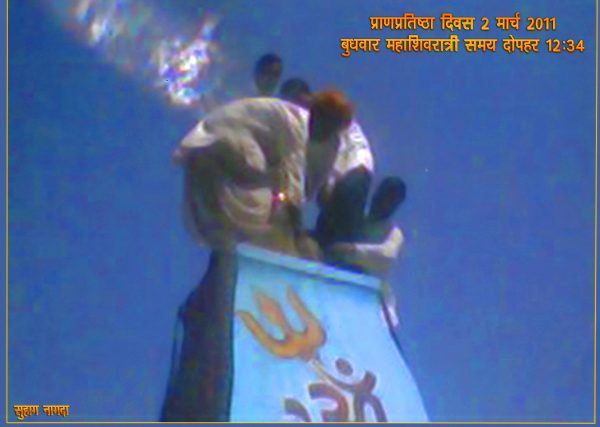‘More than Local, Less than Global’ – In Conversation with Prof. Christopher Pinney (Part 1)

The first of a two-part conversation with Prof. Christopher Pinney on his current work leading the research project – Photodemos/Citizens of Photography, at University College, London, as well as the changing nature of ethnographic practices, and their evolving relationship with popular and digital photography.
Interview with Rahaab Allana and Anisha Baid, 31st May 2020.
Christopher Pinney is an anthropologist, art historian, and Professor of Anthropology and Visual Culture at University College London. He has worked extensively in the field of visual cultures of India and South Asia at large, and has authored many books on the subject including Camera Indica: The Social Life of Indian Photographs (1998), Photos of the Gods (2004)and The Coming of Photography in India (2008).
The Citizens of Photography project is a longer term empirical anthropological study investigating how local communities use photography to re-consider individual, social and political identities and their relationships with political citizenship. The research finds its conceptual base in the positions of contemporary photography theorists like Ariella Azoulay, who have argued that photography makes possible a new form of “Civil Imagination” because of its inclusiveness and contingency.
The productivity of conventional ethnography is largely about accident… one could make a parallel to the photographic event, which escapes the intentions of the various actors involved.
Pinney expounds on his interest in ‘demotic’ photography, a subaltern claim along a horizontal axis, rather than a hierarchic one alone, in order to open up a space around socio-political and largely cultural claims that are made through the contingency of the photographic medium. Referencing Azoulay, he says -“the event of photography creates conditions for political claims that are in advance of citizenship – claims made in a future made present.”
He calls these ‘subjunctive’ claims, relating his position to other anthropology scholars like Karen Strassler and her work in Indonesia titled Refracted Visions (2010) that was published by Duke University Press. He points out that different kinds of photography make for different kinds of political assertions, and differentiates the place of ‘photojournalistic’ encounters and practices of the demotic.
Contending that photographic genres cultivate distinctive ways of seeing and positioning oneself and others within the affective, ideological, and temporal location of Indonesia, she [Strassler] examines genres ranging from state identification photos to pictures documenting family rituals. Oriented to projects of selfhood, memory, and social affiliation, popular photographs recast national iconographies in an intimate register. – Duke University Press
Hence, reflecting on the role of citizenship articulated through photographic objects that visualise the systemic issues we are grappling with today, he speaks about the networked nature of digital images, in contrast with their analogue counterparts – while the latter, as an original artefact when shared diminishes our capacity to see it, the digital image expands and proliferates often without the presence of authorial claims.
Comments